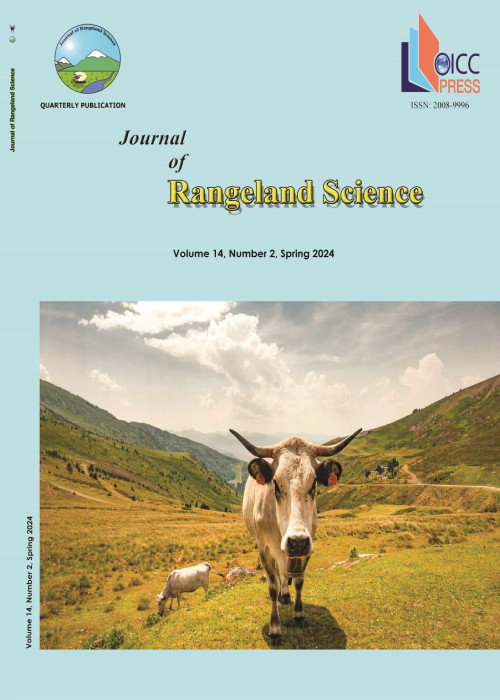Species Diversity of Desert and Relationship to Soil Properties in Dust Sources of Khuzestan, Southwest of Iran
About 9% (349000 ha) of Khuzestan plain is the source of dust and it has seven dust hot spots. In this research, we investigated vegetation types, the floristic composition, life-form spectrum, and the phytogeography of the area during 2016–2020 by collecting vascular plants to provide an annotated checklist of the plants in Khuzestan province, Iran. In a period of five years, we focused on the vegetation of the septet areas as the source of dust and dune. A primary vegetation map was extracted from Google Earth images based on the texture, tone, and pattern, last vegetation map, and map of dust hot spots. To prepare vegetation types, they were checked in the field. The floristic composition, life-form spectrum, and the phytogeography of the area during five years were obtained by collecting vascular plants to provide a checklist of the sources of dust and dune. The 80 sample vegetation data from selected sites were analyzed using multivariate analysis methods. So, for assessing the relationship between plant species variation and environmental variation, the Canonical Correspondence Analysis (CCA) was used. The data of (80 samples of 8 species) and their soil factors (11 factors) were analysed using Rstudio software. The result showed that dust sources No. 1 and 2 had been covered by 24 vegetation types, and the species Seidlitzia rosmarinus, Halocnemum strobilaceum and Tamarix passerinoides were regarded as dominant. The dust source No. 3 was covered by 22 vegetation types and the species Halocnemum strobilaceum, Aeluropus lagopoides, Seidlitzia rosmarinus and Cornulaca monacantha regarded as dominant have been located in the east of Ahvaz. The dust source No. 4 had covered 39 vegetation types and dominant species were Aeluropus lagopoides, Halocnemum strobilaceum, Atriplex leucoclada, Salsola spp. Seidlitzia rosmarinus and Tamarix spp. in small rain reservoir. The dust sources No. 5, 6, 7 (with 249000 ha) were the major part of dust storm sources in Khuzestan, covered by 28 vegetation types. The CCA species-environment biplot showed that CaCO3, EC, Na, SAR, ESP, OC, and CaMg from 11 soil factors were the key factors affecting vegetation in dust sources at our study site.
- حق عضویت دریافتی صرف حمایت از نشریات عضو و نگهداری، تکمیل و توسعه مگیران میشود.
- پرداخت حق اشتراک و دانلود مقالات اجازه بازنشر آن در سایر رسانههای چاپی و دیجیتال را به کاربر نمیدهد.


